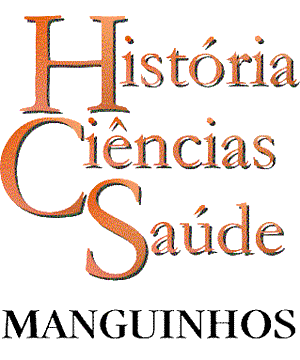Resumo em Português:
Resumo A partir de documentação produzida entre a primeira metade do século XIX e a primeira metade do século XX, prioritariamente relatórios médicos, o artigo aponta as concepções vigentes na comunidade médica colonial e entre as populações locais sobre a lepra, suas manifestações e seu enfrentamento. Enfoca as tensões quanto à prática de segregação dos leprosos e suas implicações sanitárias e sociais. Para compreender as raízes dos discursos e estratégias no meio médico português e colonial, recupera-se a trajetória das definições de isolamento, segregação, lepra e suas aplicações, ou ausência de referência, na literatura de missionários, cronistas e médicos em Angola e Moçambique a partir da segunda metade do século XVII.
Resumo em Inglês:
Abstract Drawing on documents produced between the early nineteenth and mid-twentieth centuries, mainly medical reports, this paper indicates the prevailing conceptions in the colonial medical community and local populations about leprosy, its manifestations, and how to deal with it. It focuses on the tensions concerning the practice of segregating lepers and its social and sanitation implications. To comprehend the roots of the discourses and strategies in the Portuguese and colonial medical environment, the trajectory of the definitions of isolation, segregation, and leprosy are traced, as are their use in or absence from the writings of missionaries, chroniclers, and doctors in Angola and Mozambique as of the second half of the seventeenth century.
